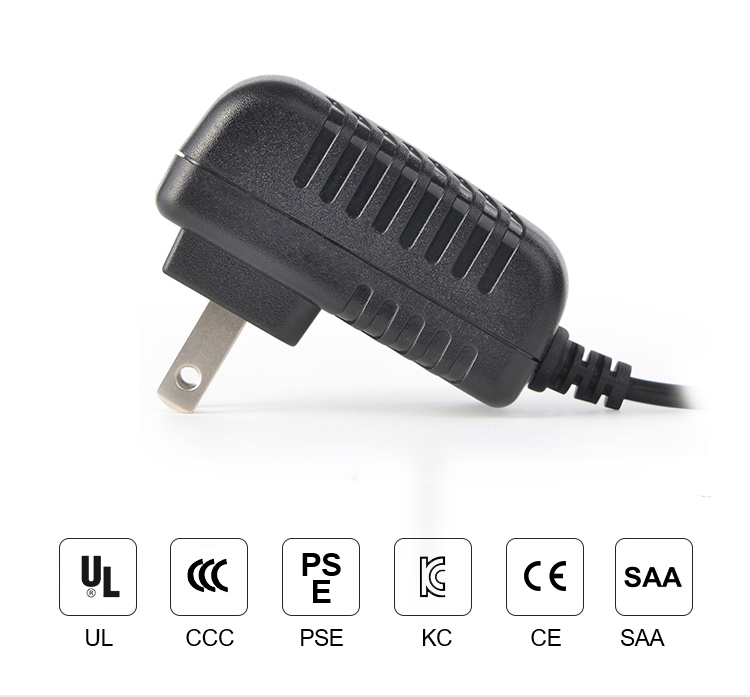Augmented Reality (AR) has become a significant technological innovation, with one of the most recognizable applications being the heads-up display (HUD). Commonly used in aerospace and automotive industries, HUDs allow users to access critical information—such as aircraft or vehicle data—without diverting their gaze from the road or sky. This simple yet effective AR application highlights the potential of AR to enhance user experience by seamlessly integrating digital information into the real world.
Studies have shown that visual information is processed faster by the human brain compared to text or audio. This makes AR an ideal tool for enhancing situational awareness. While similar to Virtual Reality (VR), AR differs in that it overlays digital elements onto the real environment rather than immersing the user in a completely virtual space. The fusion of both realities is often referred to as Mixed Reality (MR), offering a blend of the physical and digital worlds. Everyday examples of AR include navigation apps on smartphones and games like Pokémon GO, which many people use without even realizing they're interacting with AR technology.
As AR continues to evolve, its applications are expanding across various sectors such as healthcare, manufacturing, retail, and entertainment. In business, AR is used for social media interactions, allowing users to identify people and access their profiles. In retail, customers can visualize products before purchasing, such as trying out furniture in their homes or viewing luxury cars online. In industrial settings, smart glasses equipped with AR capabilities improve efficiency by guiding workers through complex tasks, reducing errors, and increasing productivity.
A major example of AR in action is in logistics. Companies use AR-enabled smart glasses to scan barcodes and determine package destinations in real time. These glasses then guide employees through the shipping process, significantly improving speed and accuracy.
Designing an effective AR system involves overcoming several challenges, including performance, power consumption, security, and compatibility. High frame rates, real-time processing, and sensor integration are essential for creating a seamless user experience. To meet these demands, systems often rely on advanced hardware, such as the All Programmable Zynq-7000 SoC or Zynq UltraScale+ MPSoC, which combine ARM processors with programmable logic for efficient data processing.
These devices support heterogeneous sensor fusion, enabling AR systems to integrate data from multiple sources, such as cameras, accelerometers, and GPS. Tools like Vivado HLS and SDSoC help developers implement complex image processing and sensor fusion algorithms, while third-party IP modules provide ready-made solutions for common AR functions.
Eye tracking is another crucial feature in AR systems, allowing the system to understand where the user is looking and optimize content delivery accordingly. However, this requires significant computational resources, making power efficiency a key concern, especially in wearable devices like smart glasses.
Security is also a major consideration, particularly in mobile AR systems that may be vulnerable to theft or tampering. Features such as secure boot, encryption, and trusted execution environments help protect sensitive data and ensure system integrity.
In conclusion, AR is transforming industries by providing innovative ways to interact with the world. From healthcare to logistics, AR is proving to be a powerful tool that enhances productivity, safety, and user experience. With the right hardware and software, developers can overcome the challenges of building AR systems and unlock new possibilities in the digital age.
24v wall charger,24v dc adapter,24v ac dc adapter,24v switching adapter,100-240V AC to DC 24V 3A 72W Power Adapter,12W Ac Switching Power Adapter,24V 0.5A Power Supply For Led Lights
Shenzhen Waweis Technology Co., Ltd. , https://www.waweis.com
